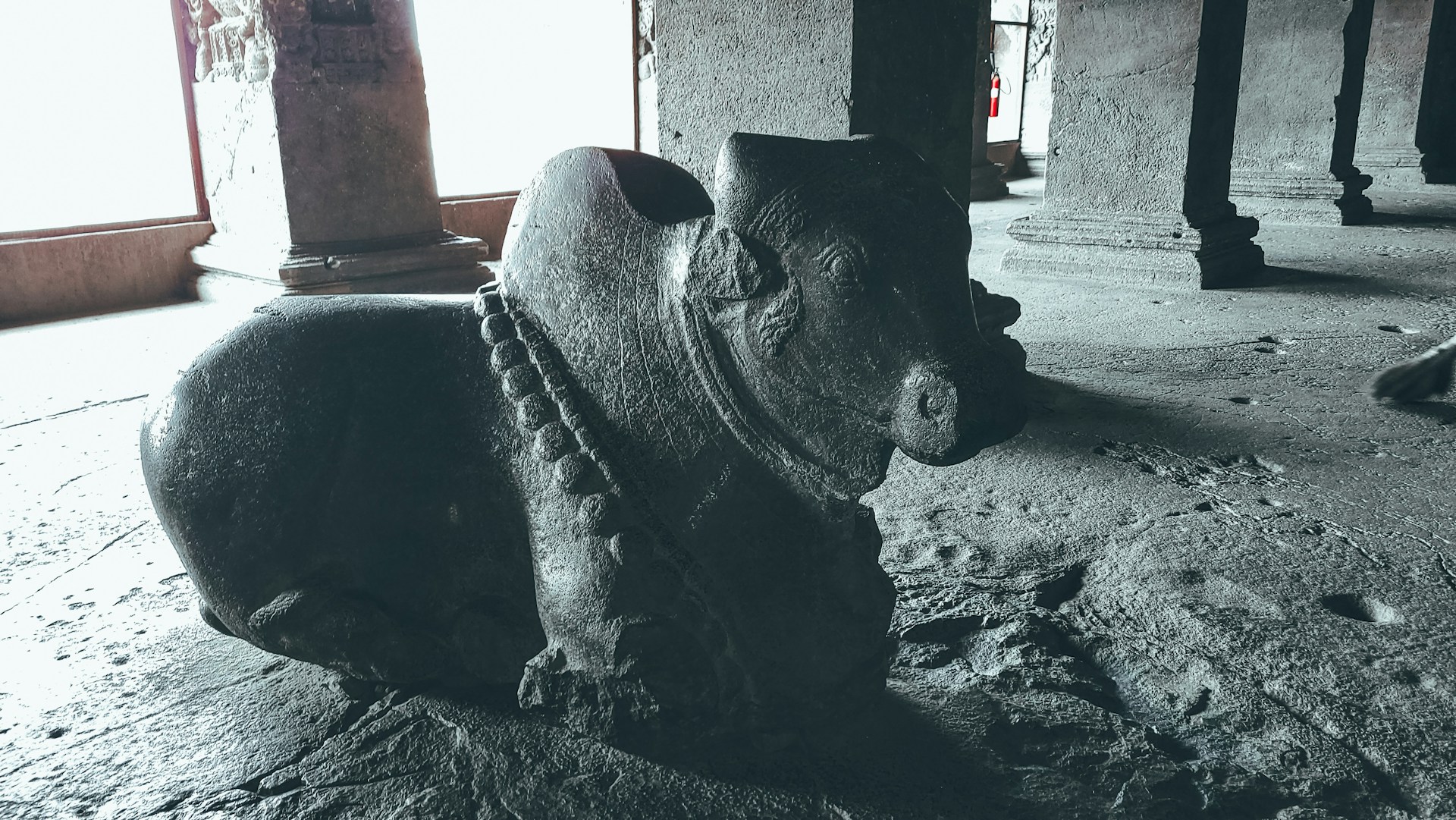Ellora Caves: A UNESCO site near boutique luxury hotel, Dhyaana Farms
About Ellora Caves
Timings for Ellora Caves
Entry Fee
- Indian Nationals and SAARC Countries: ₹40 per person
- Foreign Nationals: ₹600 per person
- Children below 15 years: Free entry
- Video Camera: ₹25
- Car Parking: ₹30
The Location
The Ellora Caves are situated near Dhyaana Farms, a luxury farm stay in Aurangabad district of Maharashtra, approximately 30 kilometres from Aurangabad city
Facts about Ellora Caves
The History of Ellora Caves
Together, these caves present spiritual depth and a peek into India’s legacy of religious tolerance, innovation, and artistic excellence. Walking through them is like travelling through centuries—each sculpture, ceiling, and corridor whispering tales of devotion and design.

Things to do in Ellora Caves
Visit the Kailasa Temple
Explore the Buddhist, Hindu, and Jain Caves
Meditation Halls
Walk Around the Site
The Ellora cave complex is spread across a hillside, and walking from one end to the other is part of the experience. Wear comfortable shoes and allow time to move slowly—you’ll discover smaller shrines, sculptures, and scenic spots along the way.
Climb Up for a View
Enjoy the Quiet Corners
Attend the Cultural Festival (If Visiting in March)
Distance from Dhyaana Farms
How to reach Ellora Caves?
By Taxi: The most convenient way is to hire a taxi from Aurangabad. The journey takes around 45 minutes to an hour, depending on traffic. Taxis are available from the airport, railway station, and city centre.
Frequently Asked Questions
1. How far are the Ellora Caves from Dhyaana Farms?
2. What are the opening hours of Ellora Caves?
3. Is there an entry fee to visit Ellora Caves?
- Indian Nationals and SAARC Countries: ₹40 per person
- Foreign Nationals: ₹600 per person
- Children below 15 years: Free entry
